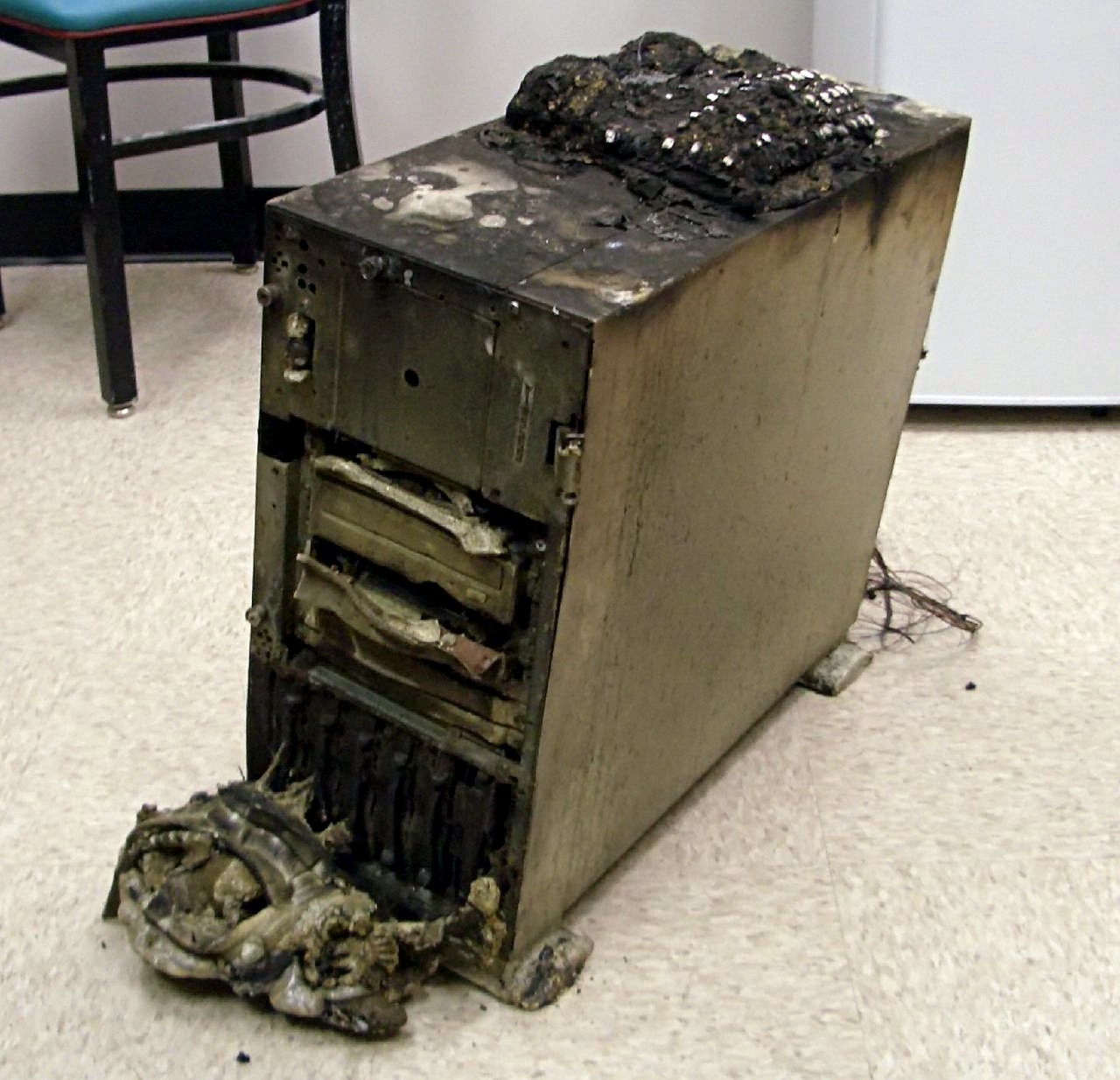paste.winny.tech (Sillypaste) is dead
Updated Saturday, May 4, 2024

What’s worse than a fire on a boat? A fire aboard an air balloon. Rip my fly.io app.
Affected Apps:
- sillypaste-db
A server hosting some of your apps has suffered irreparable hardware damage. Please migrate your Fly Machines to other hosts and restore volumes from any backups.
All good things come to an end, including this pastebin project. If I find myself using it again, I may spin up a fresh database if that opportunity presents itself.
I wouldn’t recommend fly.io at this time. Having been erroneously billed (then
quickly refunded) a couple times, fought with their V1 stack and data
corruption issues, and it goes on. At one time I ended up with the
PostgresSQL database container crashing with Out of Memory… despite issuing
countless scale commands. Eventually I paid for the $20/mo email support
for the support staff to tell me flatly - you must migrate and yes v1 is still
considered robust for some workloads. I’m pretty sure the reliability claim is
a white lie, but indeed, I had to upgrade. Turned out to be tricky due to
inconsistent documentation on V1 vs V2 features. Had to ask another question.
It should be noted that support was quick to reply to my email because I paid for the $20 email support plan; support on the community forums is best effort and will not lead to a fruitful support conversation.
What went well with Fly.io?
Now that fly.io’s critical negative review has been written, let’s review some of Fly.io’s wins.
flyctlcommand line tool compares favorable againstheroku. Simpler operation, less features to confound over.- Its web design is modern and nice… but like many UIs designed for touch input, it suffers from low density… which pushed me to use the CLI wherever possible.
- Support forum uses Discourse, a wonderful no-nonsense support forum experience.
- When it works, it works really well.
- It was a cheap experiment. You do get what you pay for (free hosting = it can burn down at any time and that’s ok).
Alternatives for hosting Sillypaste
I have no first-hand endorsements, but next I’d assess AWS Lambda, Digital Ocean Apps, or a simple VPS for hosting this modest Django webapp. A service that gets billing right, maintains consistent documentation, and has a working reliable PaaS offering is ideal.
For now, Sillypaste shall remain offline but the code is always available on
GitHub. All I need to do to remove the DNS paste.winny.tech entry is
delete it from my terraform project then run terraform apply.







